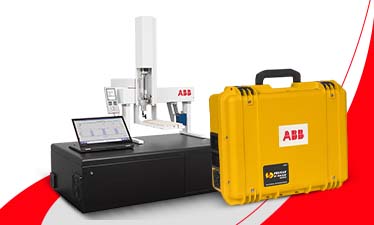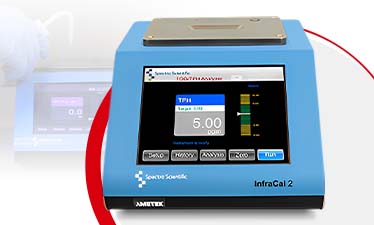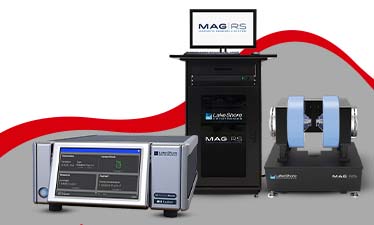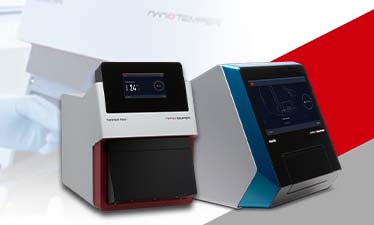The Role of Sedimentation in Water Treatment Process
You may have learnt about the sedimentation process in your school geography. But did you know that this process is also used in the majority of water treatment processes?
Sedimentation tanks are installed and used to carry out this phase. The sedimentation tank is also known as a clarifier or referred to as settling tank. This equipment is prominently seen in the modern-day water supply or wastewater treatment systems.
Continue to read till the end to learn all about sedimentation and their part in the water treatment process.
What is Sedimentation in a Water Treatment System?
Sedimentation is a common way in which water is treated. It is a process that helps in removing solids that float and usually settles in the water. As mentioned before, the process is carried out with the use of a sedimentation tank that also allows in removing larger solids.
But the sedimentation process isn’t the only treatment process involved, there are other subsequent processes that are required to be done in order to complete the water treatment process.
Sedimentation is a treatment used commonly in municipalities. It is basically a physical water treatment process where the use of gravity enables the removal of suspended solids from the water.
The effectiveness of water treatment from sedimentation depends on the size and weight of present particles in the water. Solids that are suspended in water having a similar gravity to that of the water tend to remain suspended, whereas the heavier particles lead to settling. The sedimentation tanks of various shapes and sizes are used in order to carry out the sedimentation process.
The Many Advantages of Sedimentation in Water Treatment Systems
For purifying water, the sedimentation process is one of the most common processes in water treatment systems. It can be used as a preliminary step in some of the water treatment processes. In case of municipality water treatment process, the use of sedimentation can offer the following benefits -
- Use of minimal chemicals for the subsequent water treatment processes
- The process of sedimentation is cheaper than other treatment processes
- Helps in making subsequent processes easier to carry out
- It does not involve extreme water quality variations and only operates to eliminate the impurities present in water
How Sedimentation Tanks Work?
A sedimentation tank works by allowing suspended particles to settle out of water or wastewater since it flows through the tank slowly. This provides a certain degree of purification to water.
A layer of accumulated solids that is referred to as sludge generates at the tank’s bottom and that is removed periodically. Whereas in drinking water treatment systems, addition of coagulation is carried out before the beginning of the sedimentation process.
This is especially done in order to accelerate the settling process that occurs during sedimentation. The system also uses a filtration process along with other subsequent steps.
If you are in need of appropriate sedimentation tanks then make sure to get in touch with the best suppliers now.








